5 Key Elements for Designing a User-Friendly Telemedicine App
9 Aug 24 


Have you ever found yourself wishing you could visit the doctor without the hassle of traffic, waiting rooms, and long delays? Imagine a world where your healthcare needs are just a tap away, accessible from the comfort of your couch. Welcome to the world of telemedicine, where convenience meets innovation. Designing a user-friendly telemedicine app is crucial for ensuring a seamless experience for users, fostering trust and satisfaction. This article explores five essential elements for creating a successful telemedicine app, emphasizing the importance of user-centered design and continuous improvement.
The global telemedicine market is expected to grow from USD 87.8 billion in 2022 to USD 285.7 billion by 2027, at a CAGR of 26.6% during the forecast period (Markets and Markets). This surge in telemedicine adoption underscores the need for intuitive and efficient apps that cater to diverse user needs. By focusing on key design elements, developers can create telemedicine apps that enhance patient engagement and improve health outcomes.
Key Elements for Designing a User-Friendly Telemedicine App
1. Intuitive User Interface
A user-friendly interface is the cornerstone of any successful telemedicine app. It ensures that users can navigate the app effortlessly and find the information they need quickly.
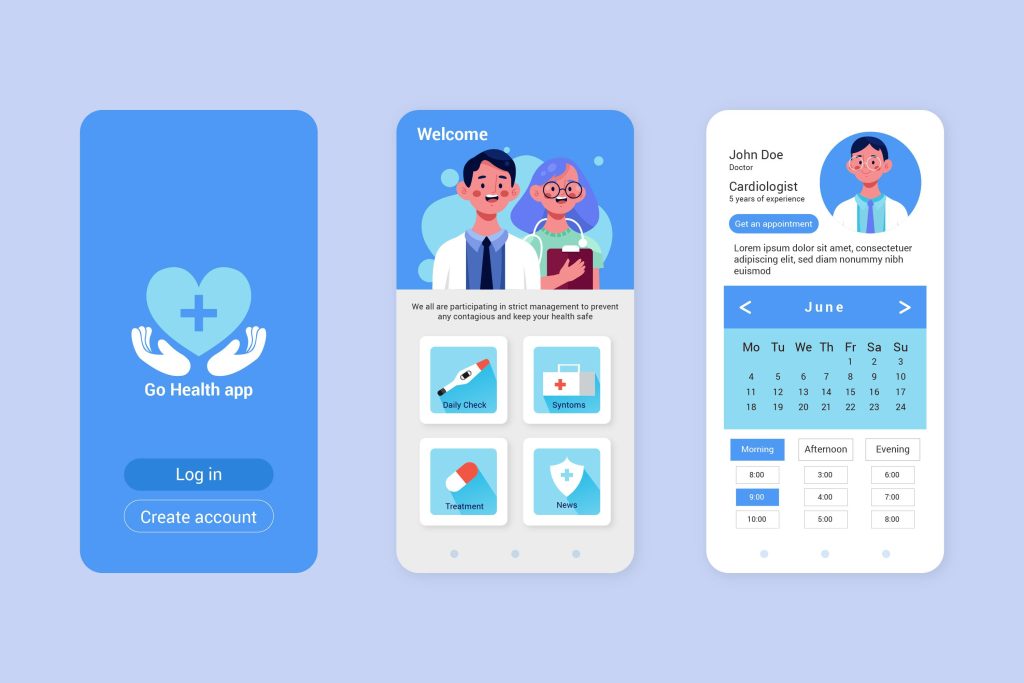
Simplified Navigation
- Importance of a clear navigation system:
Clear navigation is essential for guiding users through the app without confusion. According to a study by Forrester Research, a well-designed user interface can increase conversion rates by up to 200%, highlighting the importance of intuitive navigation.
Examples of user-friendly navigation patterns:
Adopting familiar navigation patterns, such as bottom tabs or hamburger menus, can make the app more intuitive. These patterns help users understand how to move through the app without a steep learning curve. For instance, the Mayo Clinic’s app uses a simple, tab-based navigation system that allows users to access different sections easily.
- Strategies for minimizing user confusion:
To minimize confusion, use clear labels and organize content logically. Implementing features like a search bar or a help section can assist users in finding information quickly.
Consistent Design Elements
- Role of color schemes and typography:
Consistent color schemes and typography create a cohesive look and feel, which enhances usability. Use colors and fonts that are easy on the eyes and align with the brand’s identity. Consistency in design elements helps users develop familiarity with the app, reducing the learning curve.
- Benefits of consistent icons and buttons:
Using consistent icons and buttons helps users recognize actions and navigate the app with ease. Consistency reduces cognitive load, making the app more user-friendly. A study by the Nielsen Norman Group found that consistent design elements improve usability by 50%.
- Impact of familiarity on user experience:
Familiar design elements contribute to a positive user experience by making the app predictable and easy to use. Users are more likely to engage with an app that feels familiar and comfortable.
Responsive Layout
- Importance of mobile-friendly design:
With a growing number of users accessing apps on their smartphones, mobile-friendly design is crucial. According to Statista, 54.8% of global website traffic comes from mobile devices, emphasizing the need for responsive design.
- Designing for various screen sizes:
Responsive design ensures that the app functions well across different screen sizes. This flexibility is vital for reaching a broad audience and providing a seamless experience. As Tim Berners-Lee, the inventor of the World Wide Web, said, “The power of the Web is in its universality. Access by everyone regardless of disability is an essential aspect.”
- Testing for usability across devices:
Conduct usability testing on various devices to identify any issues and optimize the app for all users. Testing helps ensure that the app performs consistently across platforms.
2. Secure and Compliant User Authentication
Security is paramount in healthcare apps, where sensitive patient data must be protected at all costs. A robust authentication system ensures user data remains confidential and secure.
Multi-Factor Authentication
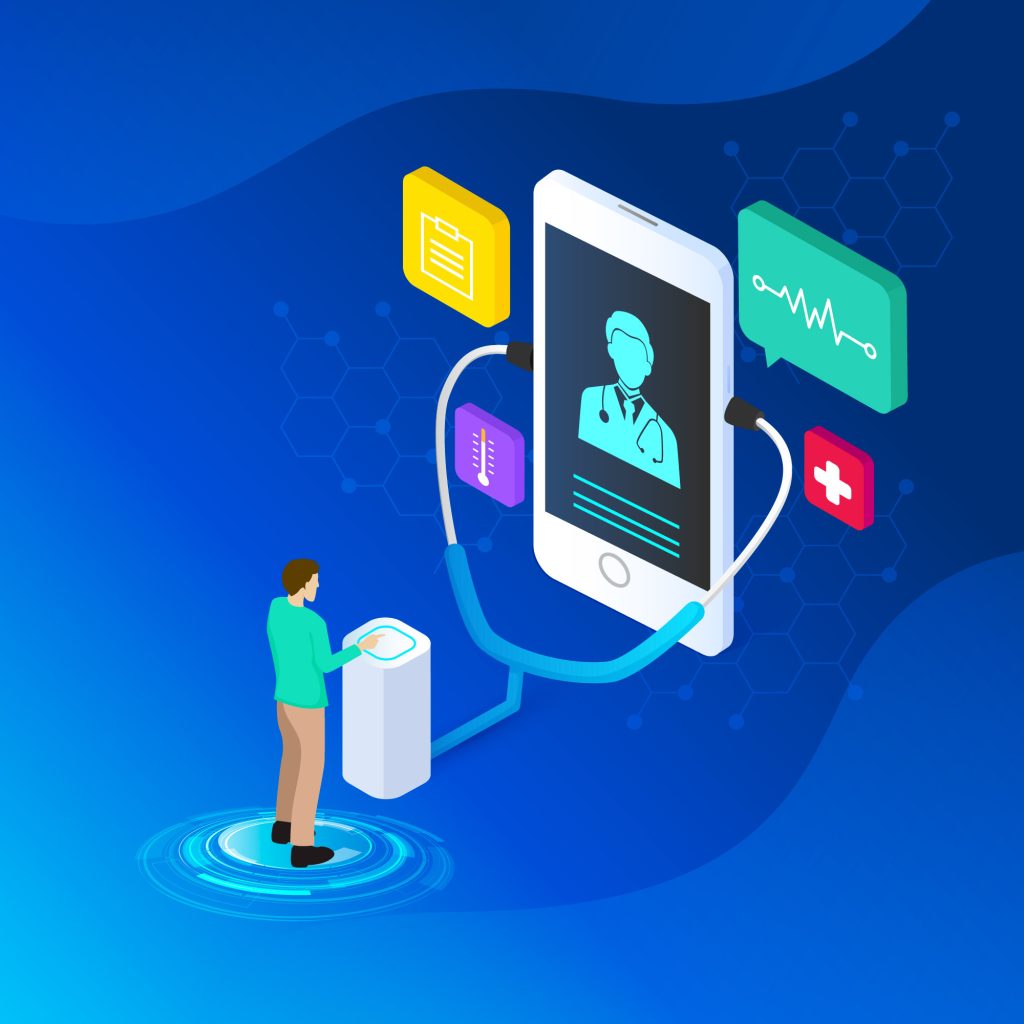
- Overview of multi-factor authentication options:
Multi-factor authentication (MFA) adds an extra layer of security by requiring users to verify their identity through multiple means, such as a password and a text message code.
- Benefits of enhanced security measures:
MFA significantly reduces the risk of unauthorized access, protecting sensitive medical information and building trust with users. A study by Symantec found that MFA can prevent up to 99.9% of account compromise attacks.
- Best practices for user onboarding:
Implement a straightforward onboarding process that explains the benefits of MFA and guides users through the setup without overwhelming them.
Also read, How is AI Utilized in Healthcare Apps?
Privacy Features
- Importance of data protection in healthcare:
Protecting patient data is not just a legal obligation but also a moral one. Users need to trust that their personal information is secure.
- User control over personal data visibility:
Allow users to manage their privacy settings, giving them control over who can access their information. Transparency in data handling builds trust.
- Compliance with regulations (HIPAA, GDPR):
Ensure the app complies with relevant regulations like HIPAA and GDPR, which mandate strict data protection measures to safeguard user privacy.
Simplified Login Process
- Balancing security with user convenience:
Security should not come at the cost of convenience. Implement secure login methods that are also user-friendly, such as biometric authentication.
- Options for one-click access and social logins:
Consider offering social logins or one-click access for returning users to streamline the login process without compromising security.
- Importance of a password recovery system:
A simple password recovery system ensures users can regain access to their accounts quickly, minimizing frustration and reducing churn.
3. Streamlined Communication Tools
Effective communication tools are crucial in a telemedicine app to facilitate interactions between patients and healthcare providers.
In-App Messaging System
- Features of an effective messaging interface:
A robust messaging interface should support text, images, and attachments, allowing users to communicate efficiently and comprehensively.
- Ensuring real-time communication between users and providers:
Real-time messaging ensures that users can get immediate responses to their queries, enhancing the user experience and satisfaction.
- Protecting patient privacy in communications:
Use end-to-end encryption to secure communications and protect patient privacy, building trust in the app’s security measures.
Video Conferencing Capabilities
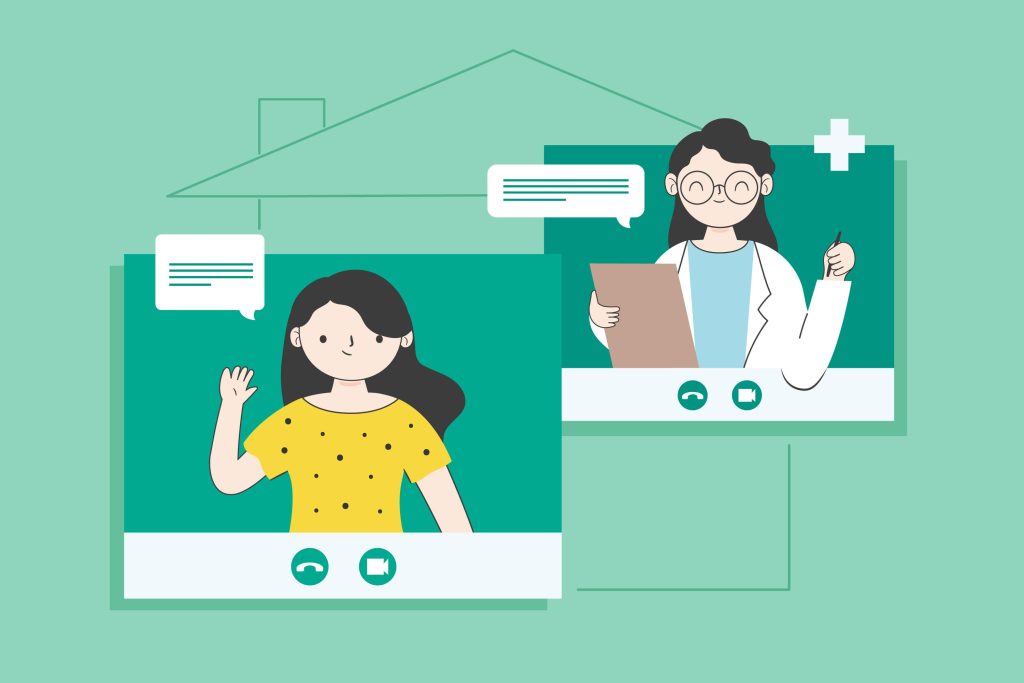
- Key components of a reliable video platform:
A reliable video platform should offer high-quality video and audio, minimal latency, and a user-friendly interface to facilitate virtual consultations.
- Addressing common technical issues:
Provide troubleshooting guides and support to address common technical issues, ensuring users can rely on the video platform without disruption.
- User preferences for video call features:
Incorporate features such as screen sharing, recording, and chat during video calls to enhance the consultation experience. According to a survey by Accenture, 74% of patients prefer video calls for their convenience and ease of use.
Accessibility Features
- Ensuring communication tools are usable by everyone:
Design communication tools with accessibility in mind, ensuring they are usable by individuals with disabilities.
- Importance of integrating assistive technologies:
Integrate assistive technologies such as screen readers and voice recognition to accommodate users with varying needs.
- Design considerations for hearing and visually impaired users:
Consider the needs of hearing and visually impaired users by incorporating features like captions for video calls and text-to-speech options.
4. Comprehensive Health Record Integration
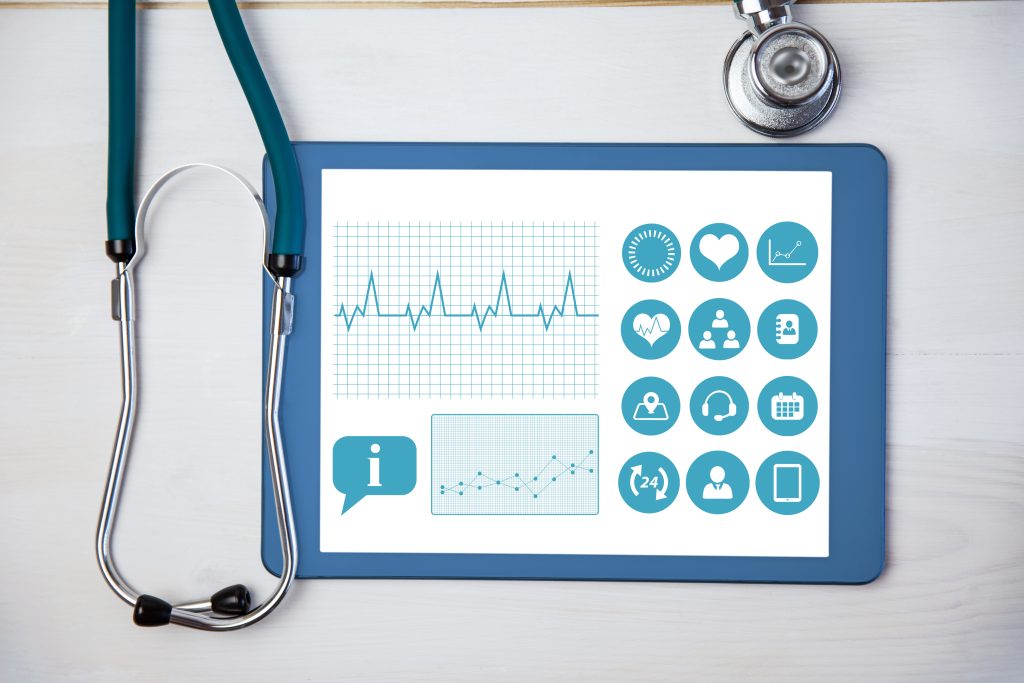
Providing users with easy access to their health records enhances the app’s value and empowers users to take control of their healthcare.
User Control over Health Data
- Importance of allowing users to manage their records:
Give users control over their health data, allowing them to view, update, and share their records with healthcare providers as needed.
- Options for integrating personal health records:
Integrate personal health records within the app, enabling users to keep all their health information in one place for convenience and accessibility.
- Facilitating easy updates and sharing of medical information:
Ensure users can easily update their medical information and share it with healthcare providers, enhancing communication and care coordination.
Integration with External Health Systems
- Benefits of interoperability with other healthcare apps:
Interoperability allows the app to exchange data with other healthcare systems, providing a comprehensive view of the user’s health.
- Discussing the role of APIs in health data exchange:
APIs play a crucial role in facilitating data exchange between different systems, enabling seamless integration and interoperability.
- Challenges in maintaining data integrity:
Ensure data integrity by implementing rigorous data validation processes and regularly auditing data exchanges.
User-Friendly Health Insights
- Presenting data in an easy-to-understand format:
Present health data in a clear and concise manner, using charts and graphs to make complex information easy to understand.
- Importance of personalized health recommendations:
Provide personalized health recommendations based on the user’s data, encouraging proactive health management and engagement.
- Ensuring accurate data representation:
Ensure that health data is accurately represented, avoiding any misinterpretation that could lead to incorrect conclusions or actions.
5. Efficient Appointment Management
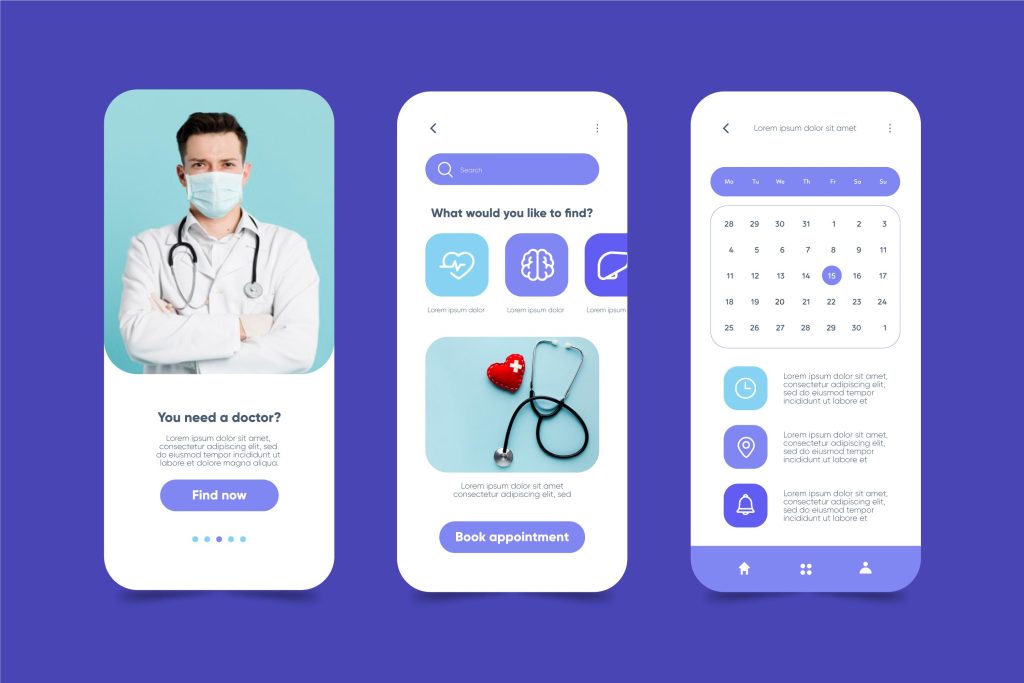
Efficient appointment management tools are vital for ensuring users can schedule, manage, and attend appointments with ease.
You may also read How to develop a Doctor Appointment Booking App?
Seamless Scheduling Tools
- Importance of user-friendly calendar interfaces:
A user-friendly calendar interface simplifies the scheduling process, allowing users to book appointments with minimal effort.
- Offering multiple appointment types (video, in-person):
Provide flexibility by offering various appointment types, including video, phone, and in-person consultations.
- Notifications and reminders for upcoming appointments:
Send timely notifications and reminders to reduce no-shows and keep users informed of their upcoming appointments.
Flexibility in Rescheduling
- User empowerment through easy rescheduling options:
Allow users to reschedule appointments easily, giving them the flexibility to manage their schedules without frustration.
- Importance of minimizing cancellations and no-shows:
Minimize cancellations and no-shows by providing clear rescheduling options and sending reminders to keep users engaged.
- Strategies for communicating changes effectively:
Communicate any changes in appointments clearly and promptly to avoid confusion and maintain user satisfaction.
Feedback and Rating System
- Collecting user feedback for continuous improvement:
Gather user feedback to identify areas for improvement and make necessary adjustments to enhance the user experience.
- Importance of patient satisfaction metrics:
Monitor patient satisfaction metrics to ensure the app meets user expectations and delivers value.
- Analyzing feedback to enhance user experience:
Analyze feedback to identify trends and implement changes that address user concerns and improve overall satisfaction.
Final Thoughts
Designing a user-friendly telemedicine app requires a deep understanding of user needs and a commitment to continuous improvement. By focusing on intuitive design, secure authentication, effective communication tools, comprehensive health record integration, and efficient appointment management, developers can create an app that enhances the healthcare experience. As Albert Einstein said, “The measure of intelligence is the ability to change.” Accepting changes and adapting to user feedback is key to the success of any telemedicine app.
Disclaimer: All images belong to rightful owners.
- Agentic AI1
- Android Development3
- Artificial Intelligence33
- Classified App3
- Custom App Development5
- Digital Transformation12
- Doctor Appointment Booking App14
- Dropshipping1
- Ecommerce Apps40
- Education Apps2
- Fintech-Apps37
- Fitness App4
- Flutter4
- Flutter Apps20
- Food Delivery App5
- Grocery App Development1
- Grocery Apps3
- Health Care10
- IoT2
- Loyalty Programs9
- Matrimony Apps1
- Microsoft1
- Mobile App Maintenance2
- Mobile Apps128
- Product Engineering6
- Progressive Web Apps1
- React Native Apps2
- Saas Application2
- Shopify9
- Software Development3
- Taxi Booking Apps7
- Truck Booking App5
- UI UX Design8
- Uncategorized6
- Web App Development1









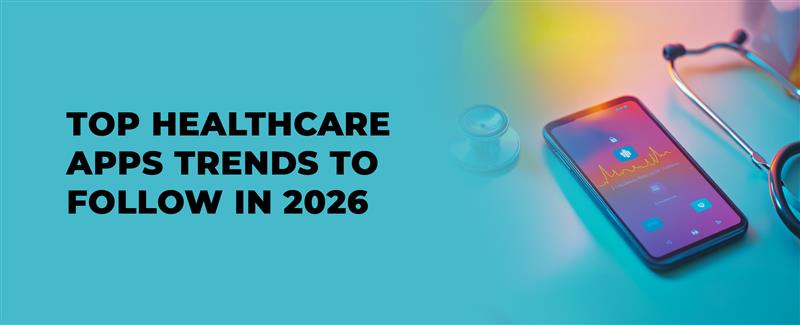
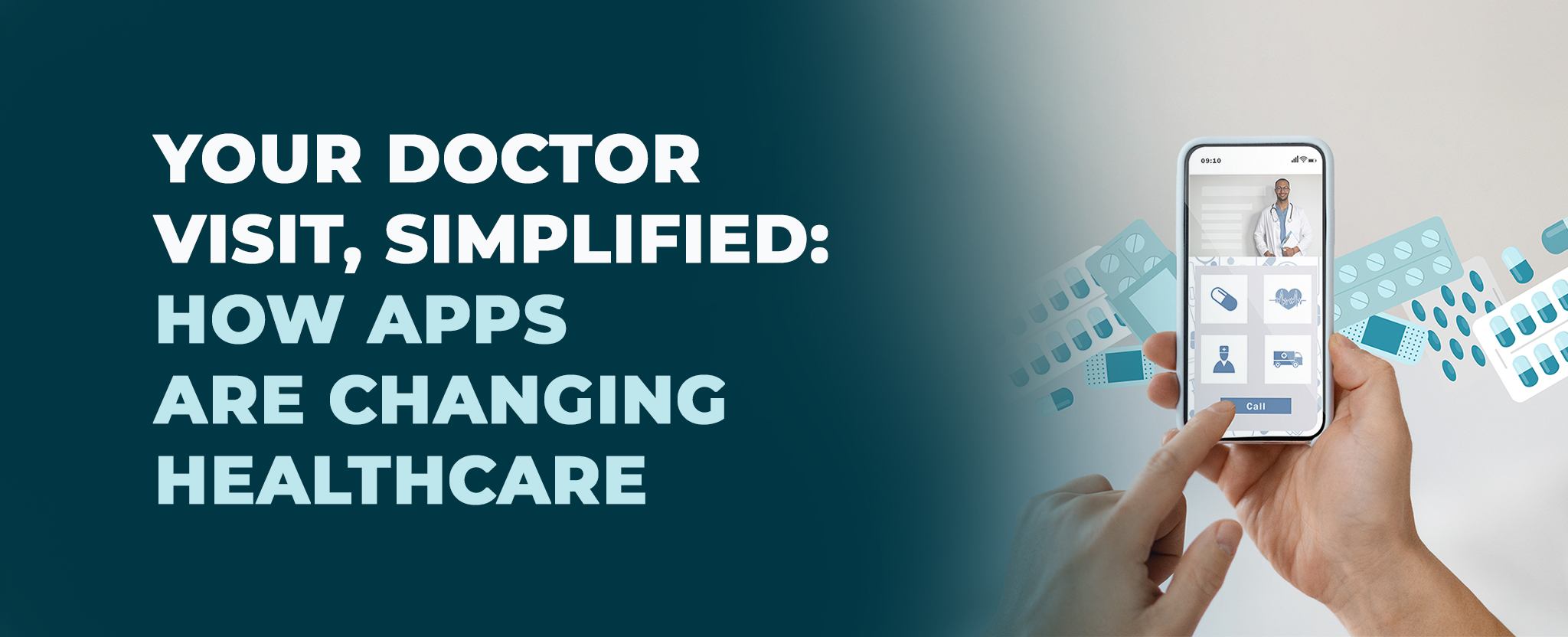
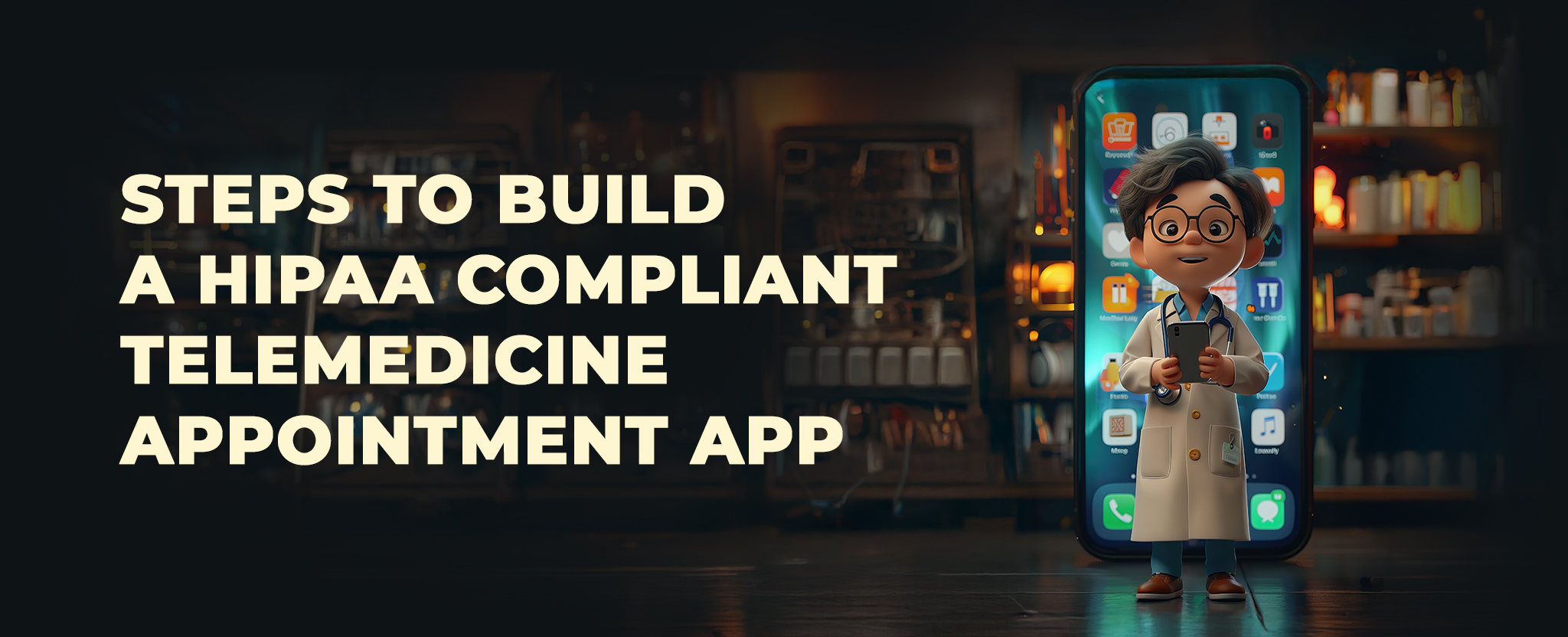
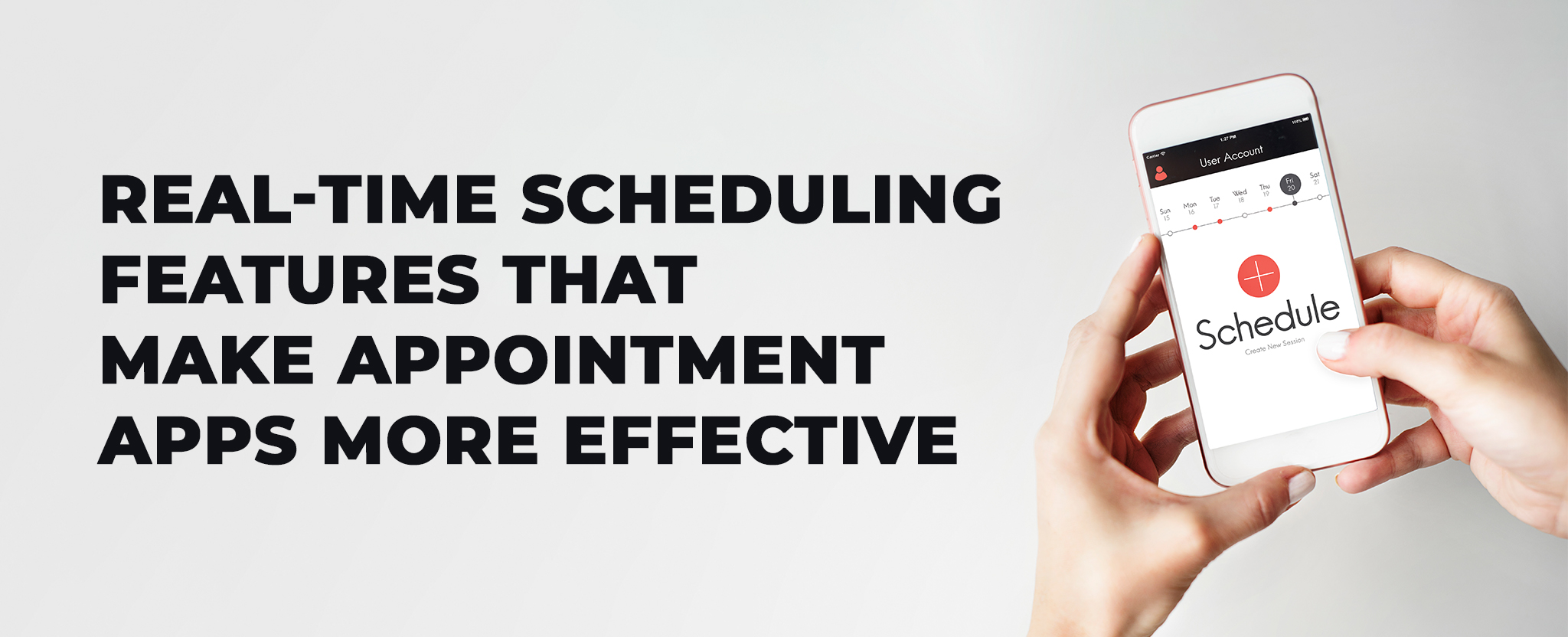






Comments